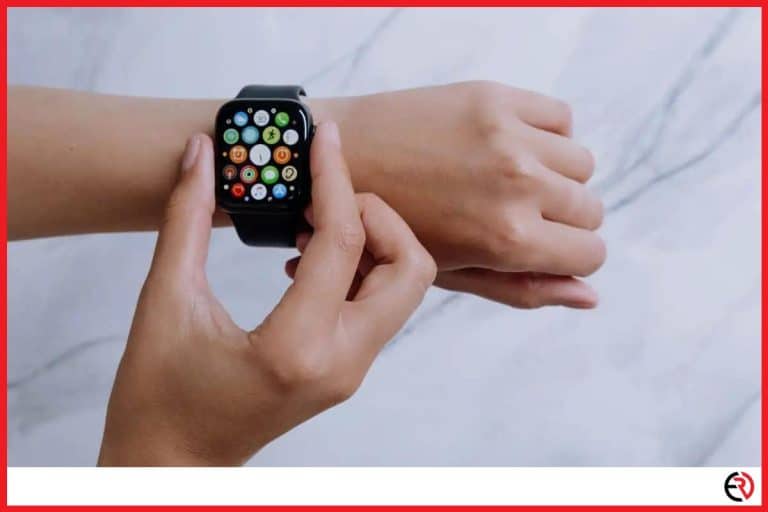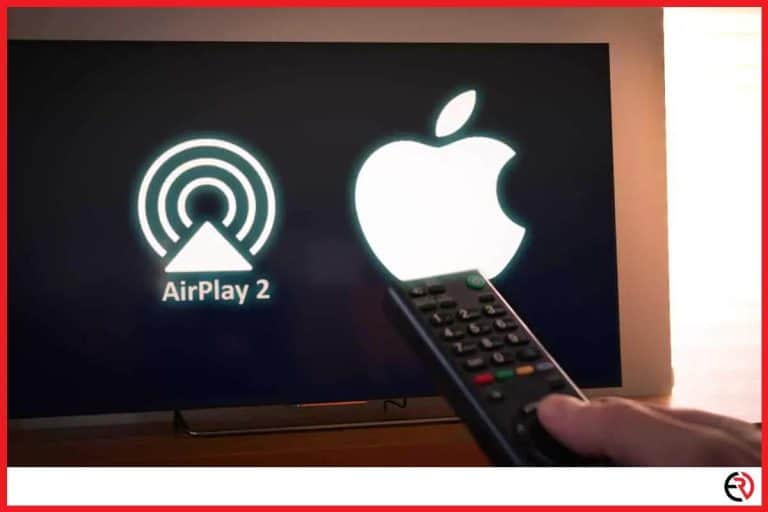Can Alexa Speak Different Languages? (How to Set Up)
This post may contain affiliate links which means that, if you choose to make a purchase, I may earn a small commission at no extra cost to you.
Over the years, Alexa has developed into a remarkable voice assistant, going even head-to-head with the likes of Google. During that time, the Amazon Echo Dot also received several upgrades including the ability to speak in different languages. Although the list is quite small, I am sure it will expand in the future.
Yes, Alex can speak different languages. Although it only started with two, more languages were gradually added and in 2019, the assistant was finally able to respond to English and a few other selected languages, such as German, French, Hindi, etc.
Just like the Google Assistant, you can also make Alexa bilingual, however, the steps involved in doing so differ slightly and in this article, I will be walking you through them all.
How many languages can Alexa speak?
Although it started out with only two, Alexa can now speak eight different languages excluding the dialects. For instance, Alexa can only speak and listen to Brazilian Portuguese dialects.
Here is a list of all the languages that Alexa can speak:
| Language | Dialects |
| English | (US, UK, India, Canada, Australia). |
| Spanish | (Spain, Mexico, US). |
| German | None |
| French | None |
| Italian | None |
| Japanese | None |
| Portuguese | (Brazilian) |
| Hindi | None |
I have tried a few of the languages and they work flawlessly. I even tried two at a time, so stick around to know more about that.
Can Alexa speak in only two languages?
Alexa can speak in multiple languages, but she can recognize only two languages at a time. You can set these two languages in the settings.
Once I activate the two languages, Alexa can understand if I speak in either of the two. But it has to be in the same dialect, otherwise, it will misunderstand whatever it is I am saying.
How to add/edit language in Alexa?
You will have to add and edit languages from the Alexa app. You can select one or two languages at once.
In Alexa, all the single and multiple languages are on the same screen. For instance, there are the English language options followed by English/Espanol or English/French. If I want to choose multiple languages at the same time, I will have to pick one of the presets.
Here are the steps for adding/changing languages in Alexa.
1. Download and install the Alexa app.
2. Open the app and tap on the menu icon in the upper left corner of the screen.
3. Tap on Settings and then choose Device settings.
4. The app presents a list of all the devices that are paired with Alexa.
5. Choose the device where you want to add/edit the language.
6. Tap on the gear icon in the top right corner.
7. Scroll down until you find the Language option and tap on it.
8. Choose the language you want Alexa to speak/understand. You can either select one language or a combination of two as shown in the video.
9. You may receive a notification that the chosen language is not fully supported and might limit Alexa’s capabilities. If you agree, tap ok.
10. Another message will appear saying that it might take a few minutes to activate the changes.
11. Once the update is complete, Alexa can now speak in different languages.
I mainly use Alexa to listen to music on my Oontz Bluetooth speaker. It’s quite small and sturdy and I can easily carry it to any room I want. It’s also perfect for outdoor travel, so if you are looking for one, I suggest the Oontz.
Setting up the speaker was easy, but there were a few limitations. Alexa failed to understand what I was saying, and this happened after I chose a different language combination. It had difficulty understanding and misreading my commands.
The accuracy increased when I switched over to one language. So be careful if you prefer the bilingual option. As it seems, Alexa is still in the experimental phase when it comes to handling two languages at the same time.
Is there another way to change Alexa’s Language settings?
Yes, you can change Alexa’s language without actually touching your phone. Simply ask Alexa to speak in a different language and she will readily comply.
This is one of the cooler features I stumbled on by accident. I changed the language setting and even added a second language option simply by speaking the commands. You will have to say the language followed by the activation phrase to do so.
1. To speak in a single language say, “Alexa, Speak Spanish.” This changes the default language.
2. To speak two languages say, “Alexa, Speak Spanish and English.” I can now speak to Alexa and either of the two languages and she replies in the same language.
3. To stop Alexa from speaking a language, say, “Alexa, Speaking Spanish.” Alexa reverts to the default language.
It’s a nice feature and not many know about this one. I found this on one of Amazon’s Q/A pages and was sure you guys will enjoy this one.
What to do if Alexa is not working?
You can troubleshoot the issue by checking your internet connection, verifying if the Echo dot is muted or not, or seeing if the device is properly grouped.
Alexa is not always spot on with her responses. Sometimes when I issue a command, I get replies like, “Sorry, I’m having trouble understanding you right now. Please try again later.” A simple restart usually fixes the problem. However, here is a list of other troubleshooting techniques in case restarting the device did not do the trick.
1. Ensure the internet is working – Alexa will not work unless it’s connected to the internet. Once I was wracking my brains trying to figure out the problem with my Echo Dot when all I needed was to look at the Wi-Fi signal (which was unavailable). Ensure you are back online before proceeding with the testing.
2. Check the mic – The next step of troubleshooting is to check the mic. A red (orangish) light means the mic is turned off and pressing the microphone button on top of the device switches it on, changing the color from red to blue.
Older Echo devices are sometimes unable to hear me speaking from afar (the mic is not working optimally). Move closer to your Echo if the mic is switched on and it’s not registering your voice.
3. Same network – Alexa only works as long as both the smartphone and the app are connected to the same Wi-Fi network. Make sure you are sharing the same network if she is not responding.
4. Restart the device – Restart the device a couple of times to see if that does the trick.
5. Ensure if your Wi-Fi is working and within range – Sometimes older Wi-Fi devices can cause connectivity issues. If my router is operational, I make sure it’s within range of the Alexa device (smartphone or Echo Dot).
6. Select the proper dialect – There is a reason dialects exist with the app. For instance, if I choose English UK and speak with a US accent then Alexa will surely misunderstand me. Accents play a major role in voice recognition so ensure you have the right one selected.
7. Reset Alexa – If all else fails, I usually reset the Alexa device. The issue is unknown, and resetting the device/app is the only ‘easy’ solution left.
I even had an Echo Dot which was not working even after the reset, at which point I took to the forum to hunt for solutions. Didn’t do any good so I had to take it to a service center. They replaced the broken mic, which was causing the issue.
Conclusion
Alexa is a unique voice assistant and has grown significantly during its short lifetime. Amazon has added more languages, and going into the future we can expect more new features and language support. Hopefully, you’ve found this article useful, and stay tuned for exciting tips and tricks.







